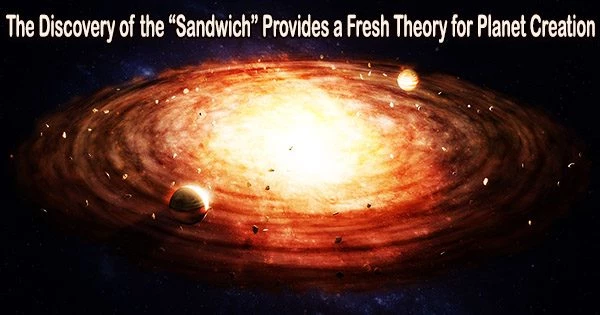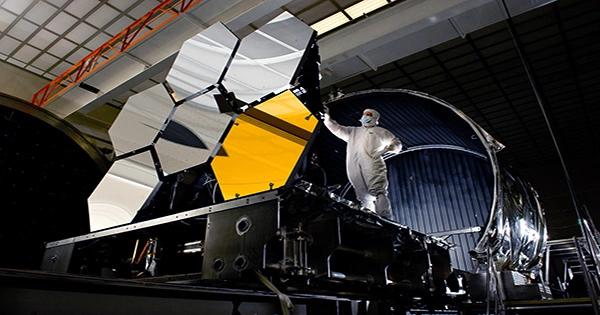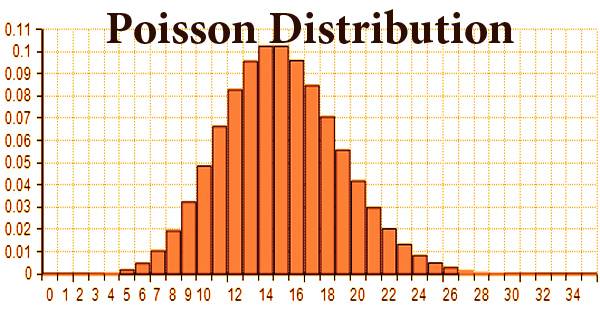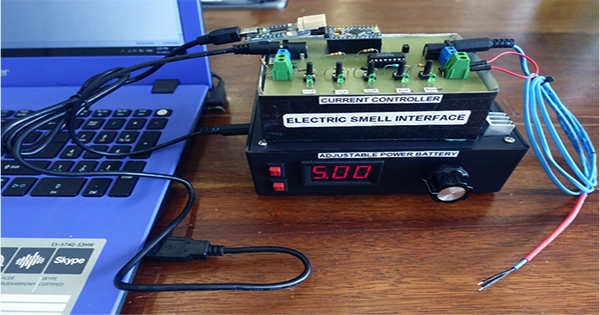Planet formation is the process by which planets are created from the dust and gas surrounding a young star in a protoplanetary disk. This process occurs over millions of years and is a fundamental aspect of the formation of planetary systems.
Scientists have made a new discovery on how small planets might form. The protoplanetary disk, a region of gas and dust that revolves around a central star, is the “birth environment” of planets, and it was studied by researchers at the University of Warwick.
They stumbled onto a novel, previously unrecognized technique of planet creation in this region. The work has been submitted to the journal Monthly Notices of the Royal Astronomical Society and is showcased at the National Astronomy Meeting, which begins today, Monday 3rd July, 2023.
The team showed how two large planets in the protoplanetary disk can potentially give rise to a smaller planet in between them which they term “sandwiched planet formation.”
The reason for this is that the two original, large planets restrict an inwards flow of dust. As a result, there is less dust between them than there would be if there were no outer planet. The middle planet, like the filling in a sandwich, would probably be smaller than the outside two planets if that dust were to finally coalesce to create a planet.
In our study, we propose the rings as sites of planet formation; specifically, that there are sandwiched planets currently being formed in those rings. This is very different to the conventional view of planet formation, where we typically expect that the planets form sequentially from the inside to the outside of the disk and get more and more massive further out. What is also really interesting is that there are examples that we have found from exoplanet observations that actually show this sandwiched planet architecture where the middle planet is less massive than its neighbors; it is a reasonable proportion of the systems too.
Professor Farzana Meru
The development of minor planets like Mars and Uranus, which are both surrounded by larger planets, may be explained by this idea, though more research in the area is necessary.
It’s important to note that planet formation is a complex and ongoing area of research in astrophysics. Different planetary systems may have unique formation histories, and scientists continue to study and refine our understanding of these processes through observations, computer simulations, and laboratory experiments.
Associate Professor and Dorothy Hodgkin Fellow, Farzana Meru, from the Department of Physics at the University of Warwick, said, “In the last decade, observations have revealed that rings and gaps exist in protoplanetary disks. The gaps are where we expect planets to be, and we know from theory work that planets cause dust rings to form just exterior to them. What exactly is happening in those rings poses an important question to astronomers around the world.”
“In our study, we propose the rings as sites of planet formation; specifically, that there are sandwiched planets currently being formed in those rings. This is very different to the conventional view of planet formation, where we typically expect that the planets form sequentially from the inside to the outside of the disk and get more and more massive further out. What is also really interesting is that there are examples that we have found from exoplanet observations that actually show this sandwiched planet architecture where the middle planet is less massive than its neighbors; it is a reasonable proportion of the systems too.”
“The field of planet formation has been revolutionized recently. High-resolution images of planet-forming disks have come out in the last ten years since a new sophisticated telescope (the Atacama Large Millimeter/submillimeter Array) started observing the night sky. These images have given us clues about how planets form and evolve; it’s exciting to be at the forefront of this research.”
















